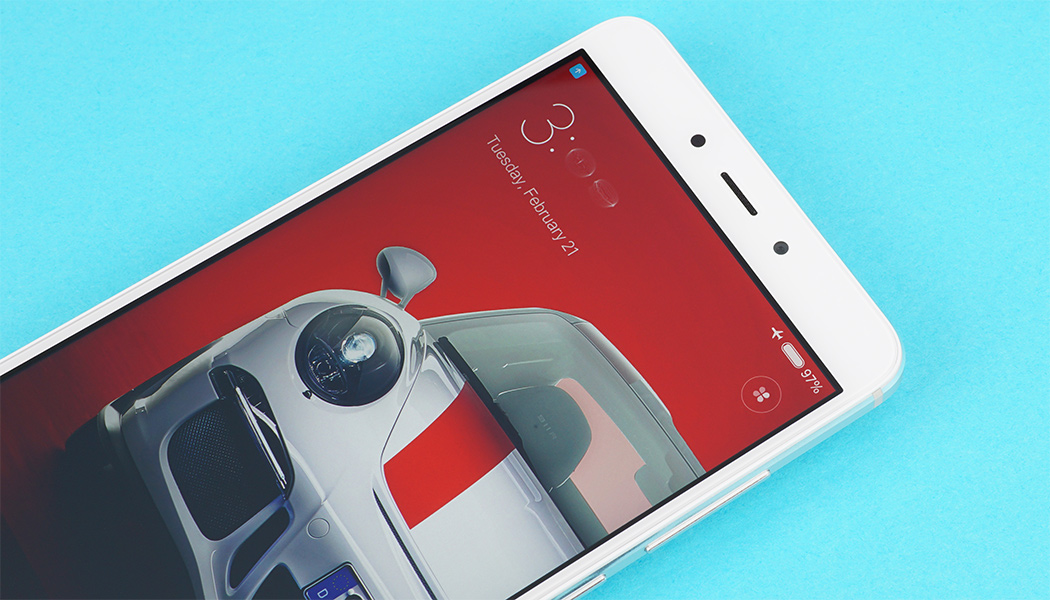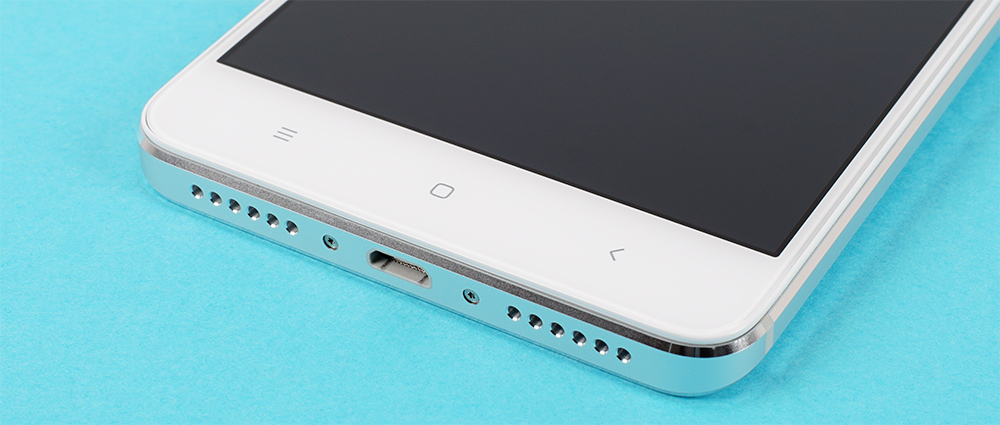Performance & Battery Life Report: Xiaomi Redmi Note 4 with MediaTek Helio X20
by Matt Humrick on February 23, 2017 7:00 AM EST- Posted in
- Smartphones
- Mobile
- Xiaomi
- MediaTek
- Helio X20
- Redmi Note 4
Final Words
Xiaomi really raised the performance bar last year when it released the Redmi Note 3 Pro with the Snapdragon 650 inside. The inclusion of two big A72 CPU cores made it stand out in a sea of octa-core A53 configurations in the sub-$200 USD price bracket. The Redmi Note 4 with Helio X20 continues this value proposition (at least the model we tested that’s intended for sale within China).
Just like its predecessor, the Redmi Note 4 performs better and just feels faster than it should for this price. With 3GB of RAM in the top model we tested, I could easily keep 20 apps of various sizes open and quickly juggle between them. The user interface is responsive and fluid except during some of MIUI’s animations such as opening the recent apps menu. Rendering and scrolling complex pages in Chrome is fast too.
It appears Xiaomi decided to save some money on the NAND in order to make room in the budget for a faster SoC, because storage performance is lower than expected, at least for smaller I/O transactions. Realistically, hitting a low price target requires some compromises, and in this case the benefits of the faster SoC outweigh the slower NAND, which was not really noticeable in everyday use.
While general system performance is competitive with mid-range phones—and even some flagships in certain workloads—GPU compute and gaming performance is less impressive. The Redmi Note 4 is still one of the faster phones in its class, but it definitely falls short of more-expensive products. It’s capable of playing many of the games currently available, but more intense 3D titles can present a challenge. And while not necessarily related to the GPU, I did notice that the camera takes a long time to process low-light and HDR photos.
Excellent battery life was one of the Redmi Note 3 Pro’s strengths; unfortunately, the Redmi Note 4 regresses in this crucial area. The roughly 20%-30% reduction in battery life, depending on usage scenario, will certainly be noticeable at the end of the day. The Note 4 will likely still get you through the day, but it lacks the extra energy reserve to handle more power-intensive tasks, such as gaming or GPS navigation, for extended periods of time and still be able to make it through a full 8 hour day.
In terms of performance and battery life, the Redmi Note 4 is still a great value. Hopefully it will continue to put pressure on other OEMs to include faster SoCs in some of their lower-cost phones for performance-oriented customers.












34 Comments
View All Comments
serendip - Thursday, February 23, 2017 - link
Isn't there a new Redmi Note 4 variant with a Snapdragon 625? XDA reviewed that, comparing it with the older 652-based Note 3 and found that the newer phone was slightly slower but had even better battery life.As for Mediatek... They're serial violators of the GPL, enough said.
BMNify - Thursday, February 23, 2017 - link
Snapdragon version is being sold in India and Mediatek version is being sold in China.h0007h - Friday, February 24, 2017 - link
625 version is also sold in China, which is named Redmi Note4Xjospoortvliet - Monday, February 27, 2017 - link
It seems the Mediatek is at least a big part of the reason for the lower battery life, GPL violations and resulting lack of support longevity aside. That the 625 is slower with longer battery life makes sense given its octa core a53. Dropping the higher performing a72's for more but slower a53's is not a step forward unless all you care about is battery life...djayjp - Thursday, February 23, 2017 - link
Wish the OnePlus 3T was in all the benchmark results, not just the storage ones....Lodix - Thursday, February 23, 2017 - link
Matt the X20 is a lower binmed SOC so it has worse thermals and power consumption compared to the higher binned X25.Matt Humrick - Thursday, February 23, 2017 - link
Even if the X25's A72 cores could reach 2.5GHz at the same voltage as the X20's at 2.1GHz, the X25's A72 dynamic power would still be higher based on the increase in frequency. While I would need a measurement to confirm this, I suspect that with a mature 20nm planar process that the X25 would need additional voltage to hit 2.5GHz. The Meizu Pro 6's operating table (which usually are not 100% accurate) at least suggests the X25's voltage is higher.In order for the X20 to consume more power and produce more heat than the X25 as you suggest (at least for the big CPU cores), the X25's A72 cores would need both a 19% increase in frequency and an 8% reduction in voltage, which seems unlikely.
zodiacfml - Thursday, February 23, 2017 - link
Nice. I can't wait for the X30.dexterkarthik - Thursday, February 23, 2017 - link
Redmi Note 4 international variant is a joke.I doesn't have the dual WiFi band as the RN3, downgraded camera pixel count, downgraded CPU and GPU (redmi3s is >90% a RN4 for almost half the price in India).
I love this strategy to an extent since it makes me feel happy to own the RM3 for getting 3/4th OnePlus 3 performance for 1/3rd price and since most run behind core count and "LATEST" version, RN3 will start getting discounts and sale, etc :D .
WPX00 - Friday, February 24, 2017 - link
The SD625 is a more significant bump to the 617 or 430 than you might expect. GPU is 2-2.5x more powerful, its 14nm process is 35% more efficient, and the CPU is 1.5-2x more powerful thanks to the greater thermal headroom 14nm brings. It is a massive leap forward, in my opinion, a more significant leap than the jump from quad to octa (410 to 61x series).